

Ben Zachariah
Video: Off-road battle for Beer O’Clock Hill has automakers scrambling
12 Hours Ago
Hybrid sales are up, Tesla sales are down, the Ford Ranger is still at the top and Toyota is still Australia's favourite brand.

News Editor
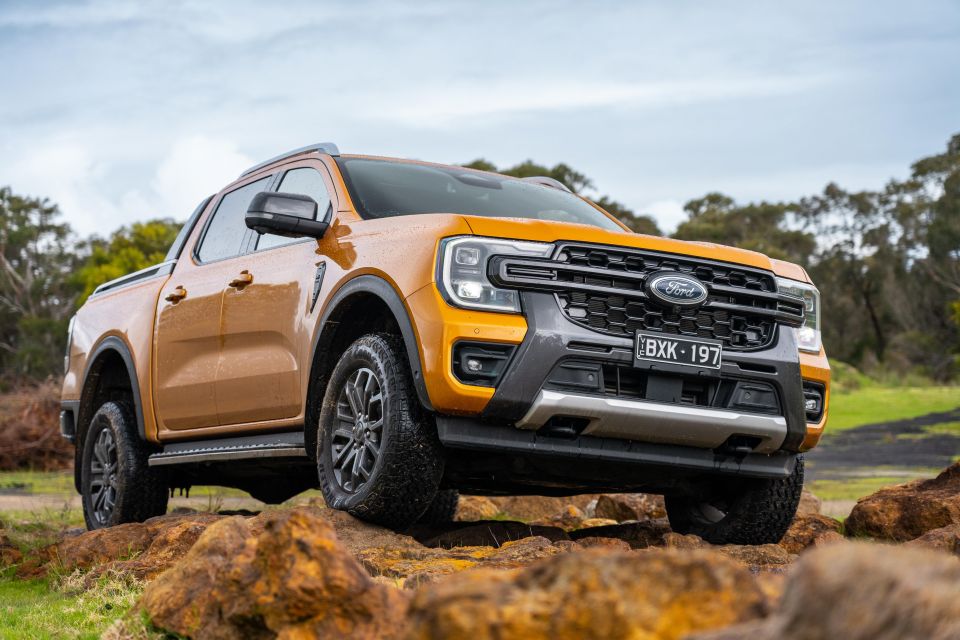

News Editor
2024 is off to a strong start, with 89,782 new vehicles delivered throughout January, but the industry has cautioned economic conditions could dampen the mood.
January’s tally was up 5.8 per cent on the year prior, fuelled by greater demand for hybrid vehicles, and surpassed the previous January record of 88,551 vehicles set in 2018.
Sales of electric passenger cars, SUVs and light commercial vehicles were essentially flat: 4893 examples were delivered, up just 0.8 per cent on January 2023 – likely due to delivery setbacks for segment leader Tesla, which was outsold by BYD for the first time.
Hybrids, in contrast, had a great month, likely helped by improved supply from market-leading Toyota. There were 9821 sold, a significant 91.2 per cent improvement over last January.

Petrol vehicle sales were down 5.8 per cent to 42,247 units, diesel vehicle sales were up 8.8 per cent to 28,923 units, and plug-in hybrids saw triple-digit growth, albeit from a very low base, rising 123.7 per cent to 980 sales.
All up, electric vehicles accounted for 5.4 per cent of the market, while hybrids accounted for 10.9 per cent.
SUVs accounted for 55.5 per cent of total sales, with light commercial vehicles sitting at 22.9 per cent and passenger vehicles accounting for 18.3 per cent of sales.
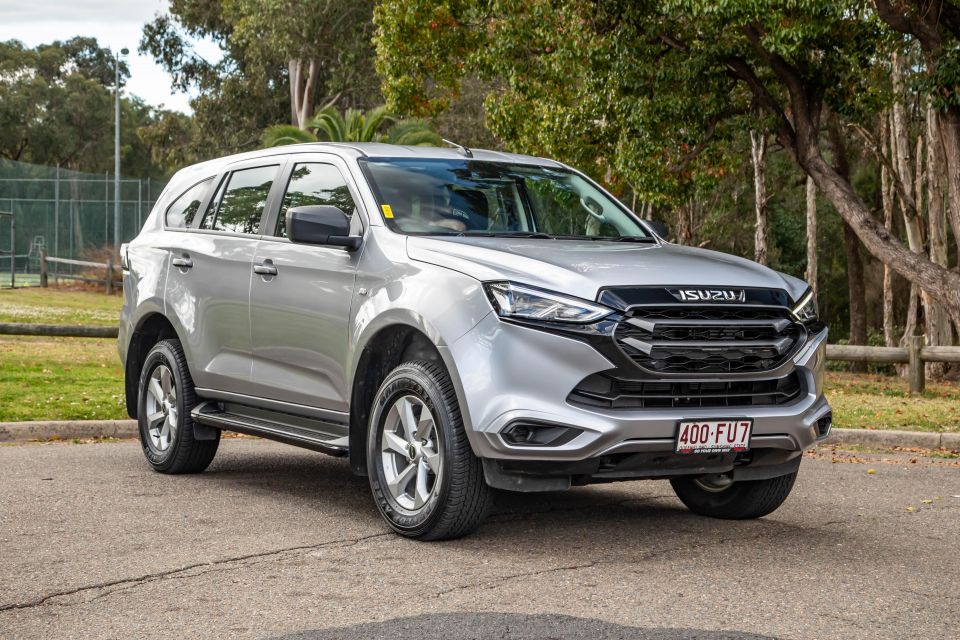
The Federal Chamber of Automotive Industries (FCAI), the peak body for car brands in Australia, argued the continued strength of SUVs and utes in Australia poses a challenge for the Australian Government in implementing its recently announced New Vehicle Efficiency Standard.
“The continuing preference for SUVs and utes demonstrates the challenges the Commonwealth Government is facing as it works to introduce a New Vehicle Emissions [sic] Standard,” said FCAI chief executive Tony Weber in a statement.
“Industry wants an emissions standard that is ambitious without limiting the choice and increasing the cost of the vehicles Australians need and want.
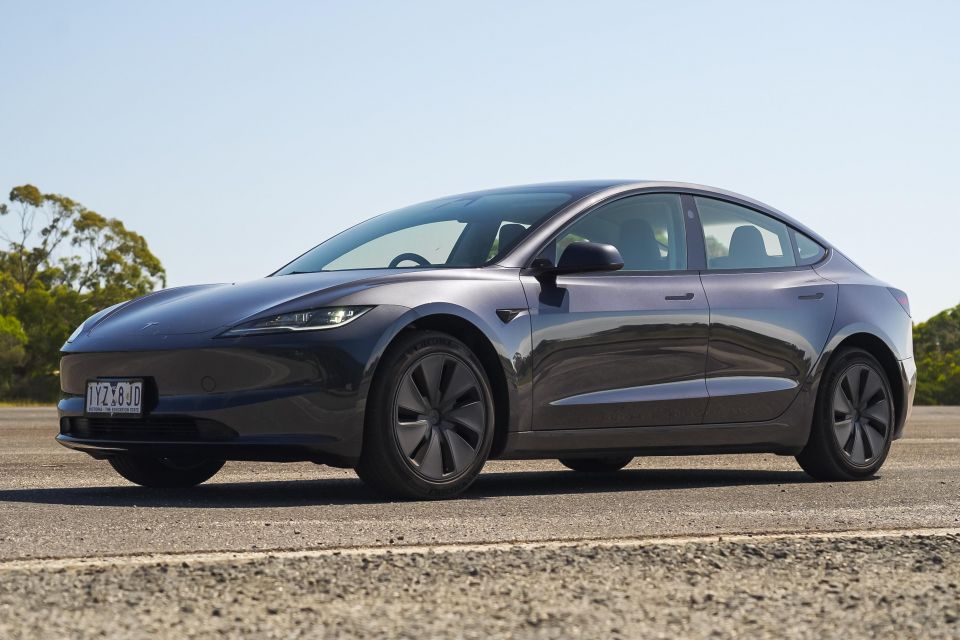
“Even with the current incentives offered by the Commonwealth and State and Territory Governments, sales of battery electric vehicles appear to have plateaued during recent months.
“For more than a year the industry has been sharing information with the Government about what is happening in the suburbs and regions around the country and the preferences and challenges facing families and businesses.
“Good policy must reflect reality rather than a desktop exercise that makes assumptions about what the world can look like, and we strongly urge the Government to share its modelling with us.”
MORE: Car industry cautious about Australia’s proposed vehicle efficiency standards
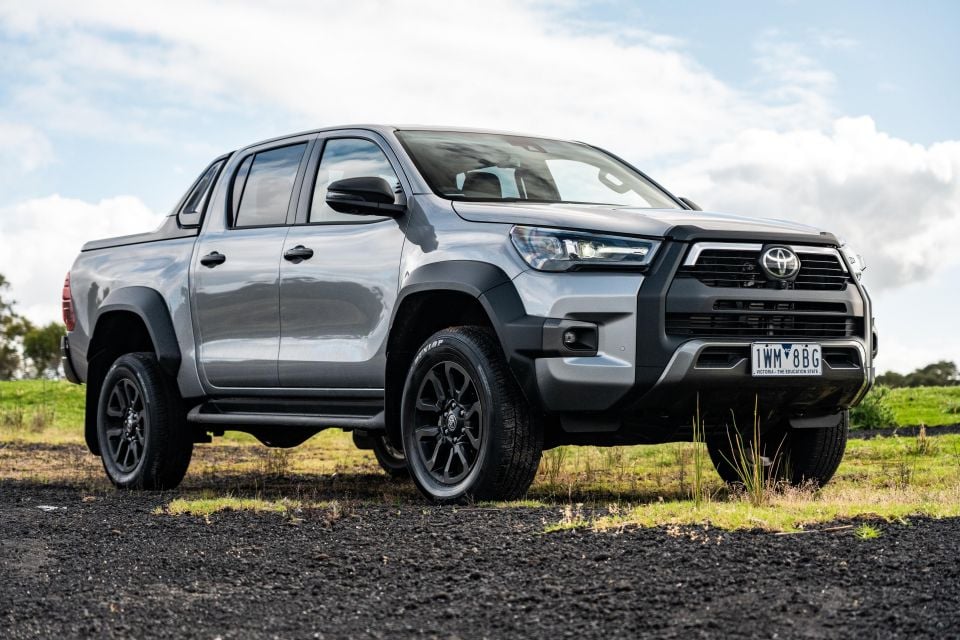
Toyota continued as the top-seller, with its 17,903 sales tally – up 34 per cent on the back of stronger supply – more than double that of second-place Mazda, which was down 13.2 per cent.
Ford sold the same number of vehicles as it did in January 2023, with its 6624 sales enough to put it in third place.
Kia may have bested Hyundai in 2023, but so far Hyundai is in the lead. It sat in fourth place with 6162 sales, up 6.1 per cent, while Kia was in sixth with 5707 sales, down 5.0 per cent.
Mitsubishi saw a bump in sales, rising 12 per cent to 5911 sales.
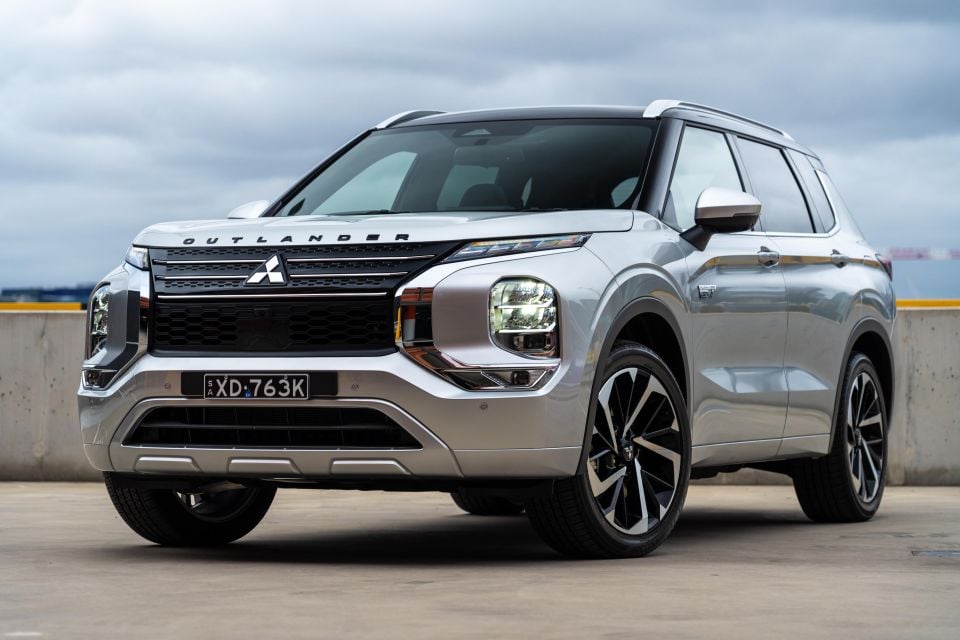
The top 10 was rounded out by MG in seventh, followed by Isuzu Ute, GWM and Subaru.
Brands with strong growth include BYD (up 390.6 per cent), Alfa Romeo (up 224.1 per cent) and Land Rover (up 190 per cent). After a record year last year, Lexus also entered 2024 with a bang, with sales up 73.9 per cent.
Tesla sales sunk 66.6 per cent year over year, likely the result of shipping issues with the Model Y and a stop-sale for the Model 3. Neither Tesla model was in the top 20 best-selling vehicles list.
Other brands to have a rough January include Renault (down 42.6 per cent YoY), Mercedes-Benz (down 35.3 per cent), Skoda (down 28.6 per cent), and Audi (down 25.4 per cent).
| Brand | Sales | Change YoY |
|---|---|---|
| Toyota | 17,903 | +34% |
| Mazda | 8165 | -13.2% |
| Ford | 6624 | 0.0% |
| Hyundai | 6162 | +6.1% |
| Mitsubishi | 5911 | +12.0% |
| Kia | 5707 | -5.0% |
| MG | 4006 | -0.2% |
| Isuzu Ute | 3758 | +40.7% |
| GWM | 3124 | +24.8% |
| Subaru | 3068 | -14.8% |
| Volkswagen | 2717 | +6.9% |
| Nissan | 2700 | +10.3% |
| LDV | 1812 | +27.3% |
| BMW | 1602 | +8.2% |
| Suzuki | 1527 | +8.3% |
| Mercedes-Benz | 1365 | -35.3% |
| Honda | 1346 | +22.0% |
| BYD | 1310 | +390.6% |
| Tesla | 1107 | -66.6% |
| Audi | 1009 | -25.4% |
| Lexus | 873 | +73.9% |
| Chery | 729 | N/A |
| Volvo Car | 644 | -25.3% |
| Land Rover | 522 | +190.0% |
| Porsche | 496 | +29.8% |
| Skoda | 485 | -28.6% |
| SsangYong | 468 | +0.9% |
| Renault | 411 | -42.6% |
| Ram | 340 | -16.9% |
| Chevrolet | 286 | +18.7% |
| Jeep | 276 | -10.1% |
| Mini | 217 | -19.3% |
| Polestar | 151 | -7.9% |
| Cupra | 147 | -0.7% |
| Peugeot | 147 | +30.1% |
| Fiat | 138 | -15.9% |
| Genesis | 130 | +22.6% |
| Alfa Romeo | 94 | +224.1% |
| Jaguar | 63 | +90.9% |
| Maserati | 24 | +84.6% |
| Bentley | 19 | N/A |
| Ferrari | 14 | -17.6% |
| Lamborghini | 9 | -10.0% |
| Lotus | 9 | -10.0% |
| Aston Martin | 8 | +166.7% |
| Citroen | 7 | -12.5% |
| Dodge | 6 | N/A |
| McLaren | 3 | -70.0% |
| Rolls-Royce | 3 | +50.0% |
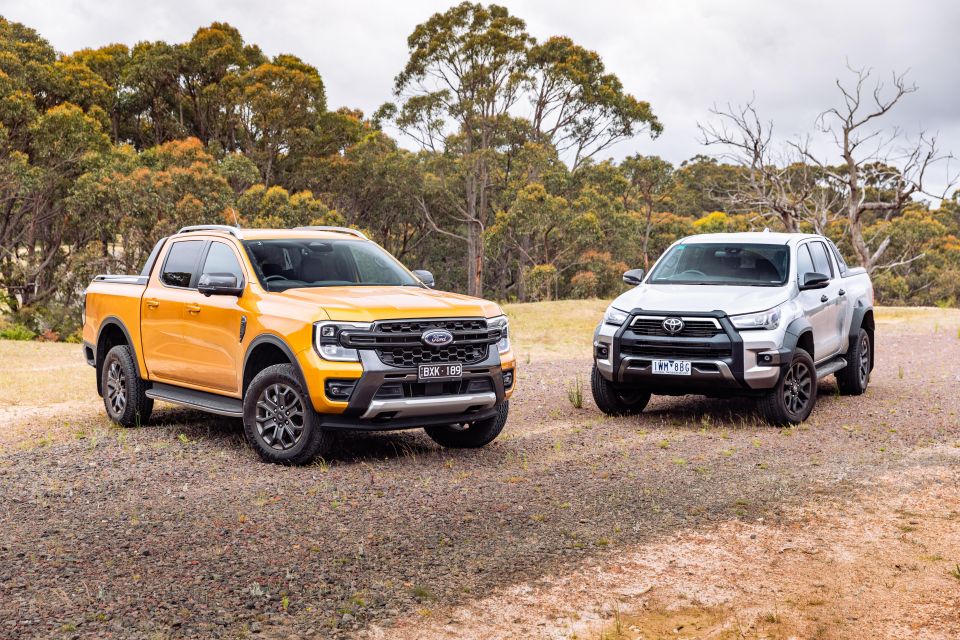
After dethroning the HiLux in 2023, the Ford Ranger is still sitting atop the sales charts, buoyed by much stronger sales for its 4×4 variants. In 4×2 sales, however, the HiLux is still ahead.
The podium looks the same as it did for full-year 2023 results with the Isuzu D-Max getting the bronze.
Of the top 20 best-selling vehicles, only three are passenger cars, with four utes. The rest consists of SUVs.
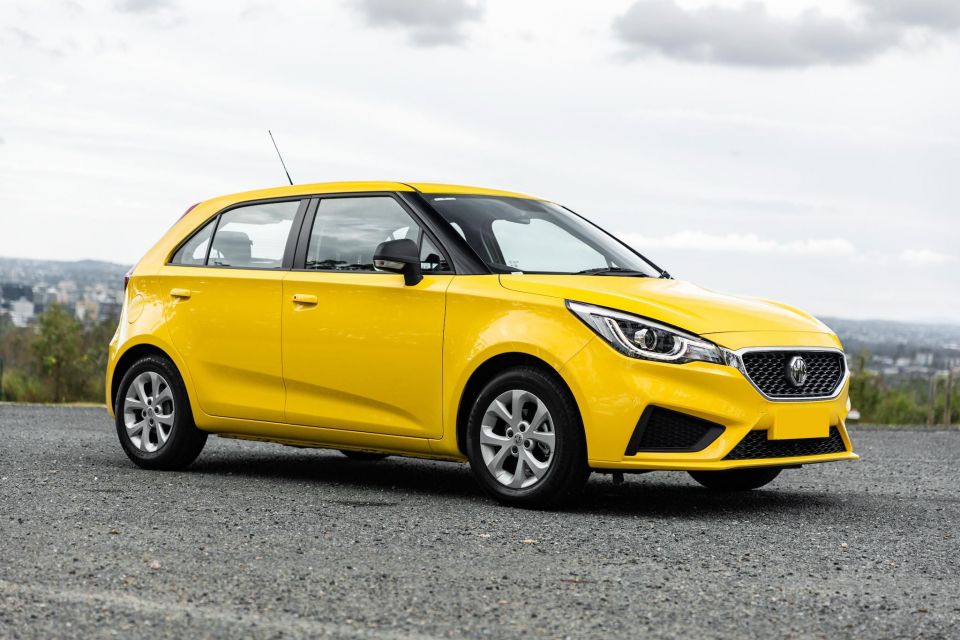
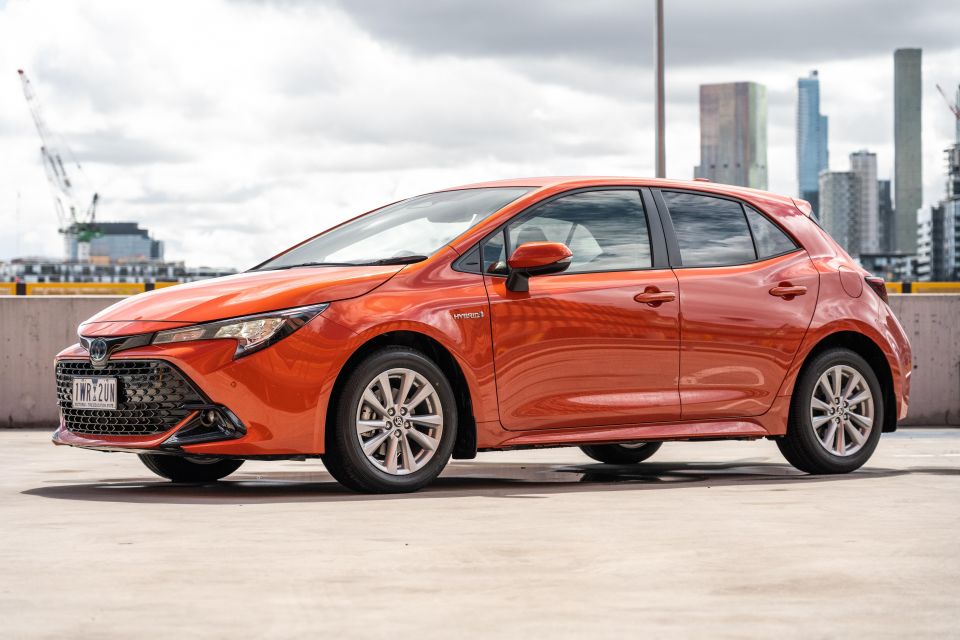
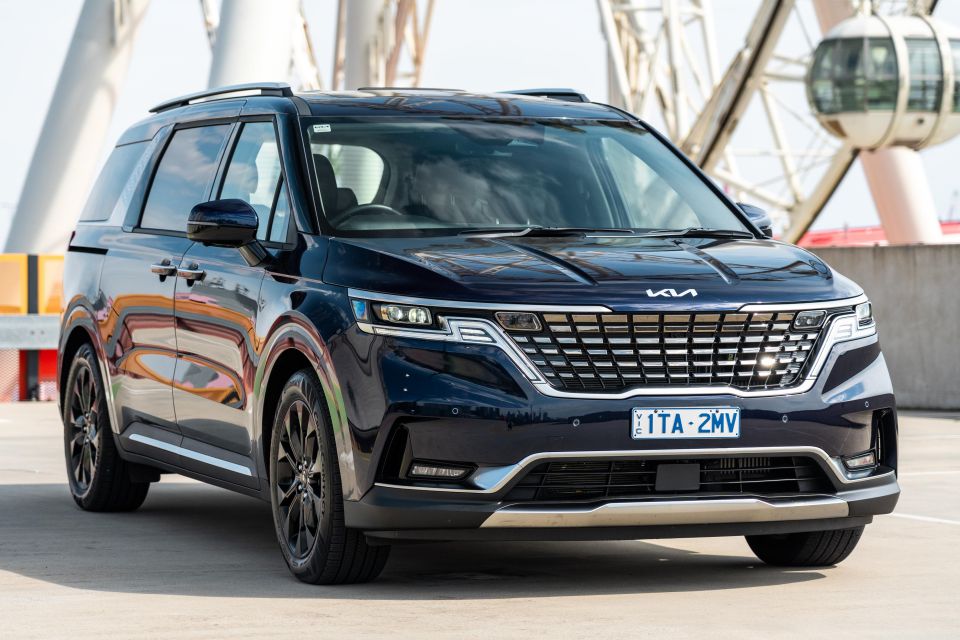
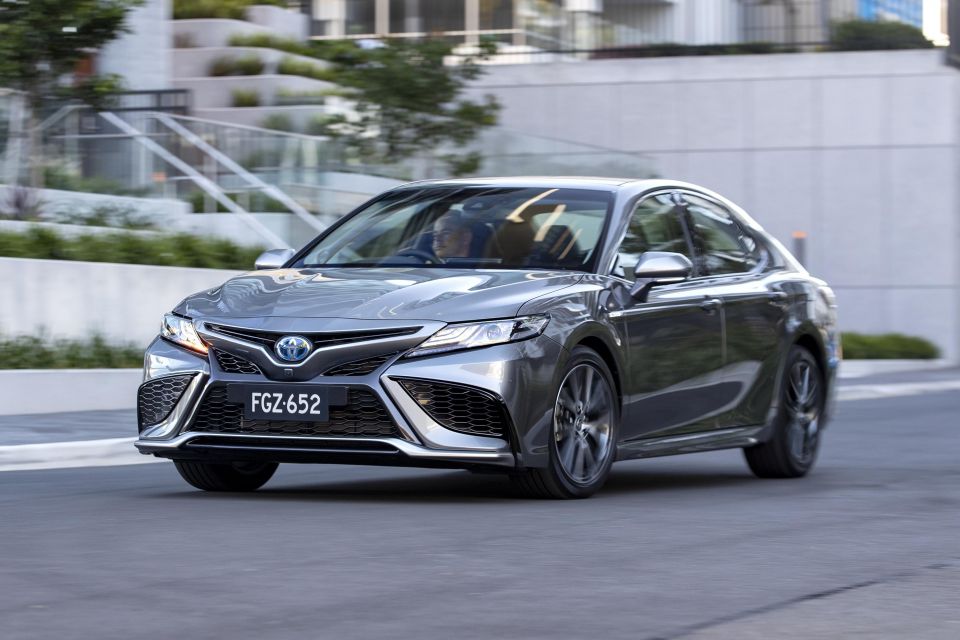

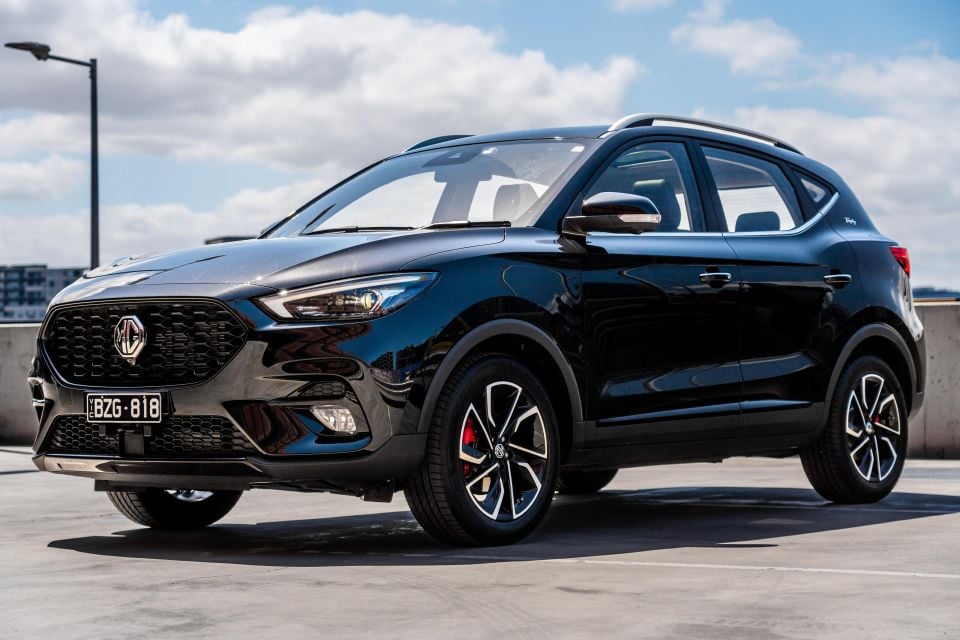


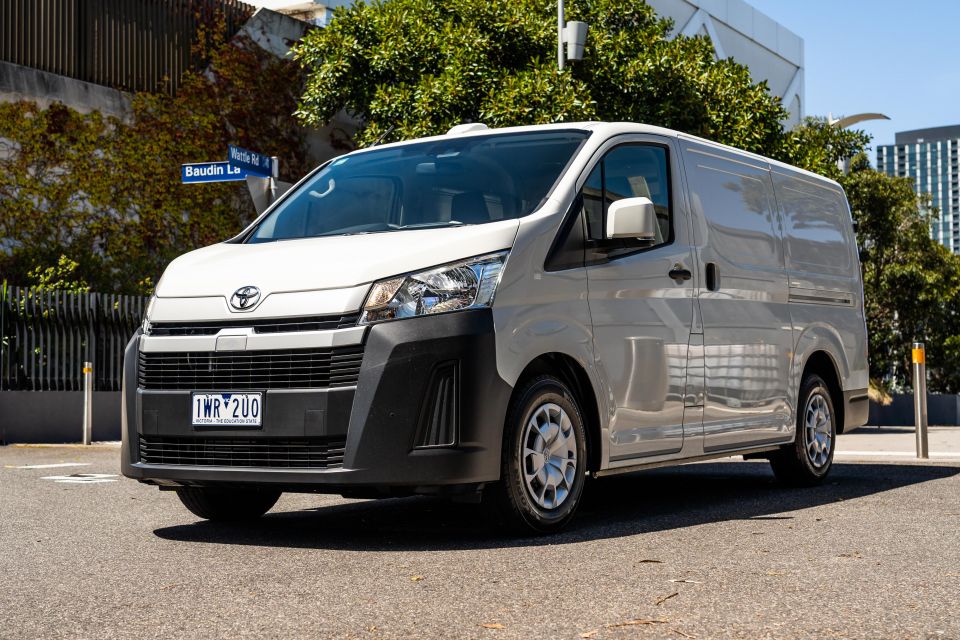
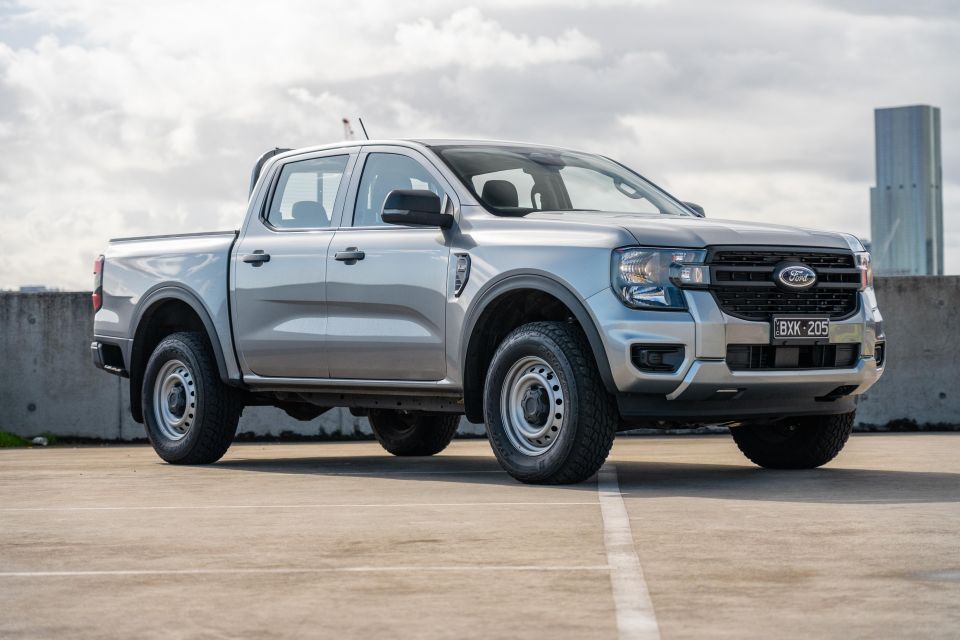

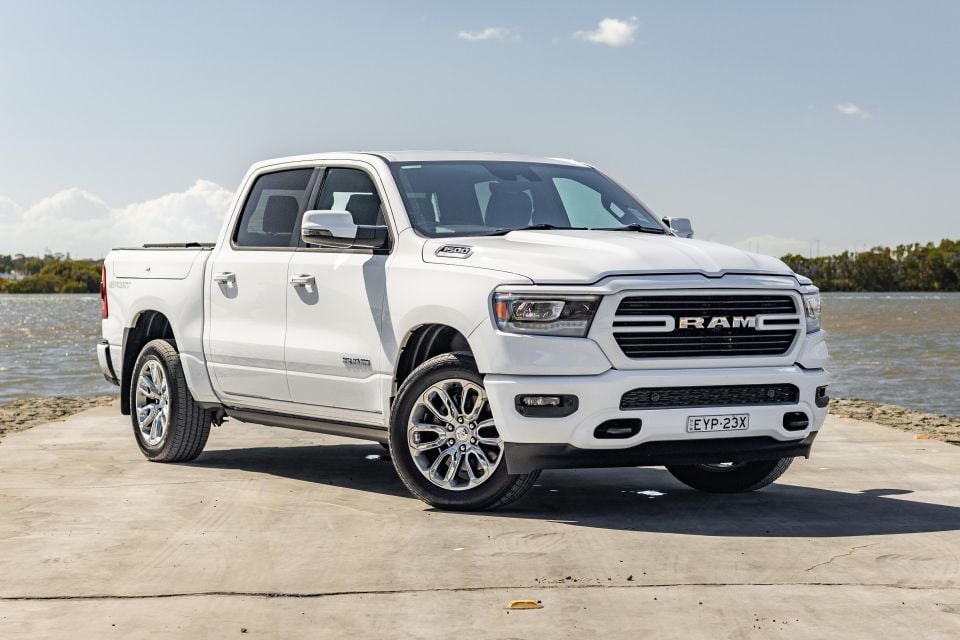
Hybrid vehicles saw the greatest growth across the combined passenger car, SUV and light commercial market, while EVs were essentially flat.
MORE: VFACTS 2023: All-time Australian sales record, Ford Ranger tops charts
William Stopford is an automotive journalist with a passion for mainstream cars, automotive history and overseas auto markets.


Ben Zachariah
12 Hours Ago


CarExpert.com.au
20 Hours Ago


Damion Smy
1 Day Ago


Damion Smy
2 Days Ago


Damion Smy
2 Days Ago


Damion Smy
2 Days Ago